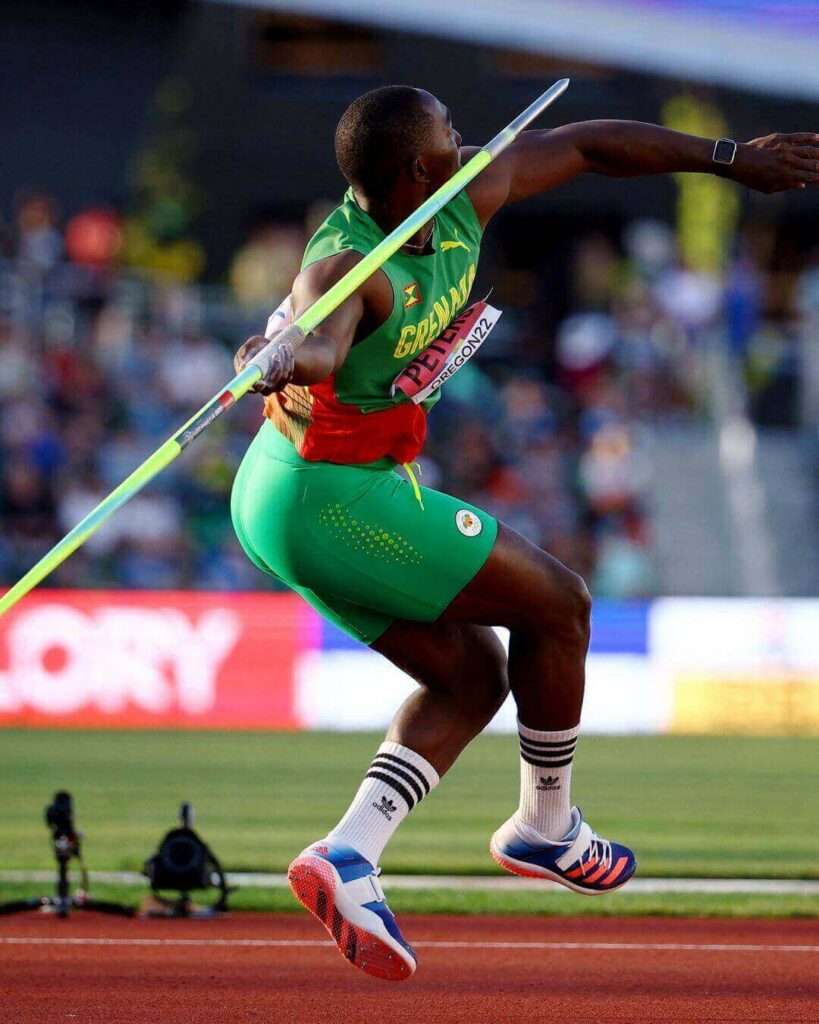Topic Content:
- Nature of the Game of Javelin
- Brief History of Javelin
- Parts of a Javelin Stick
- Javelin Throwing Sector
Nature of the Game of Javelin:
Javelin is a throwing field event that requires good muscular power in the arms and shoulders.
The Javelin must be held at the grip and thrown over the athlete’s shoulder or upper arm.
It is a spear about 2.5 m (8 ft 2 in) in length.

Brief History of Javelin:
Javelin was introduced in the Olympics in the 1906 Intercalated Games for men and in the 1932 Summer Olympics for women.
You are viewing an excerpt of this Topic. Subscribe Now to get Full Access to ALL this Subject's Topics and Quizzes for this Term!
Click on the button "Subscribe Now" below for Full Access!
Subscribe Now
Note: If you have Already Subscribed and you are seeing this message, it means you are logged out. Please Log In using the Login Button Below to Carry on Studying!



Responses